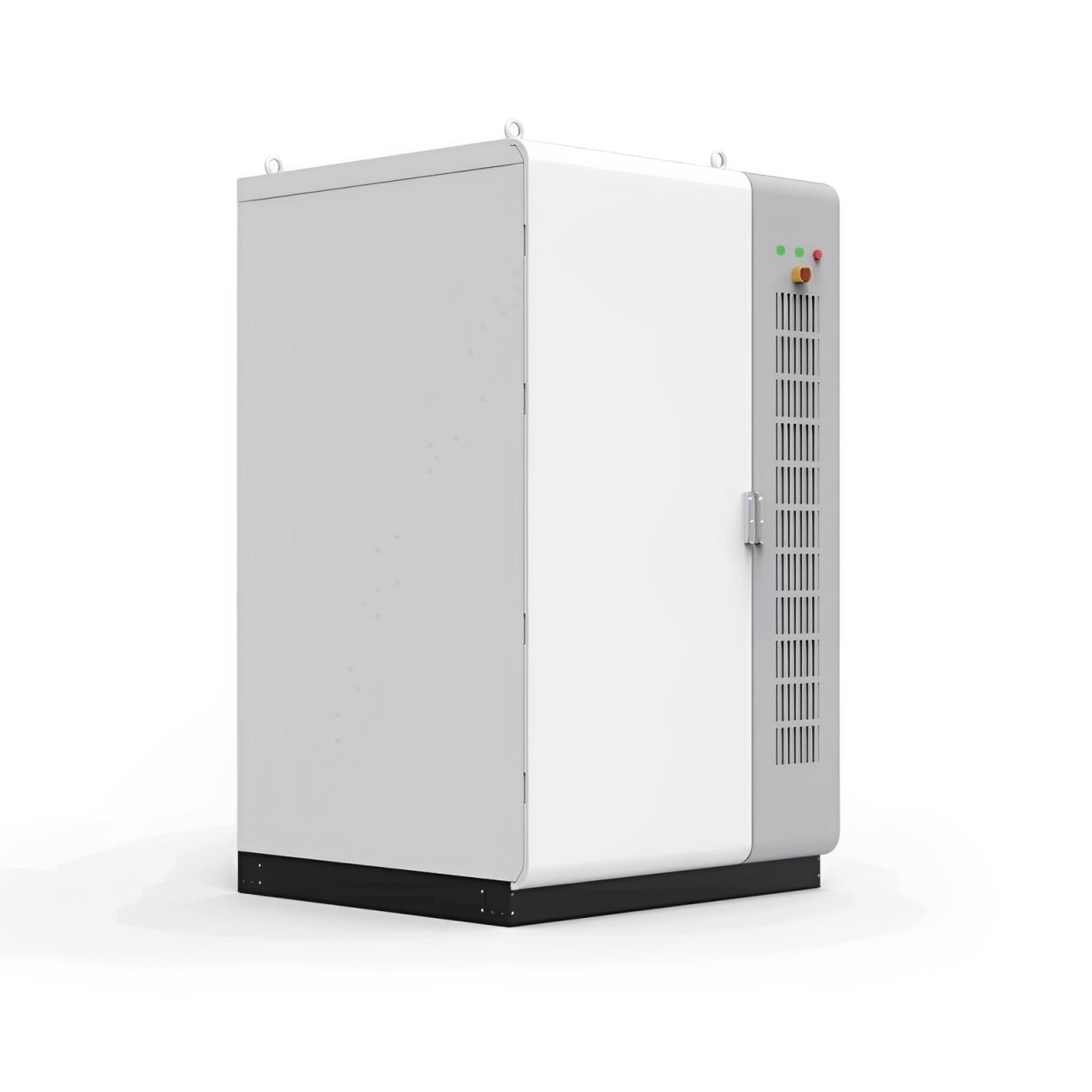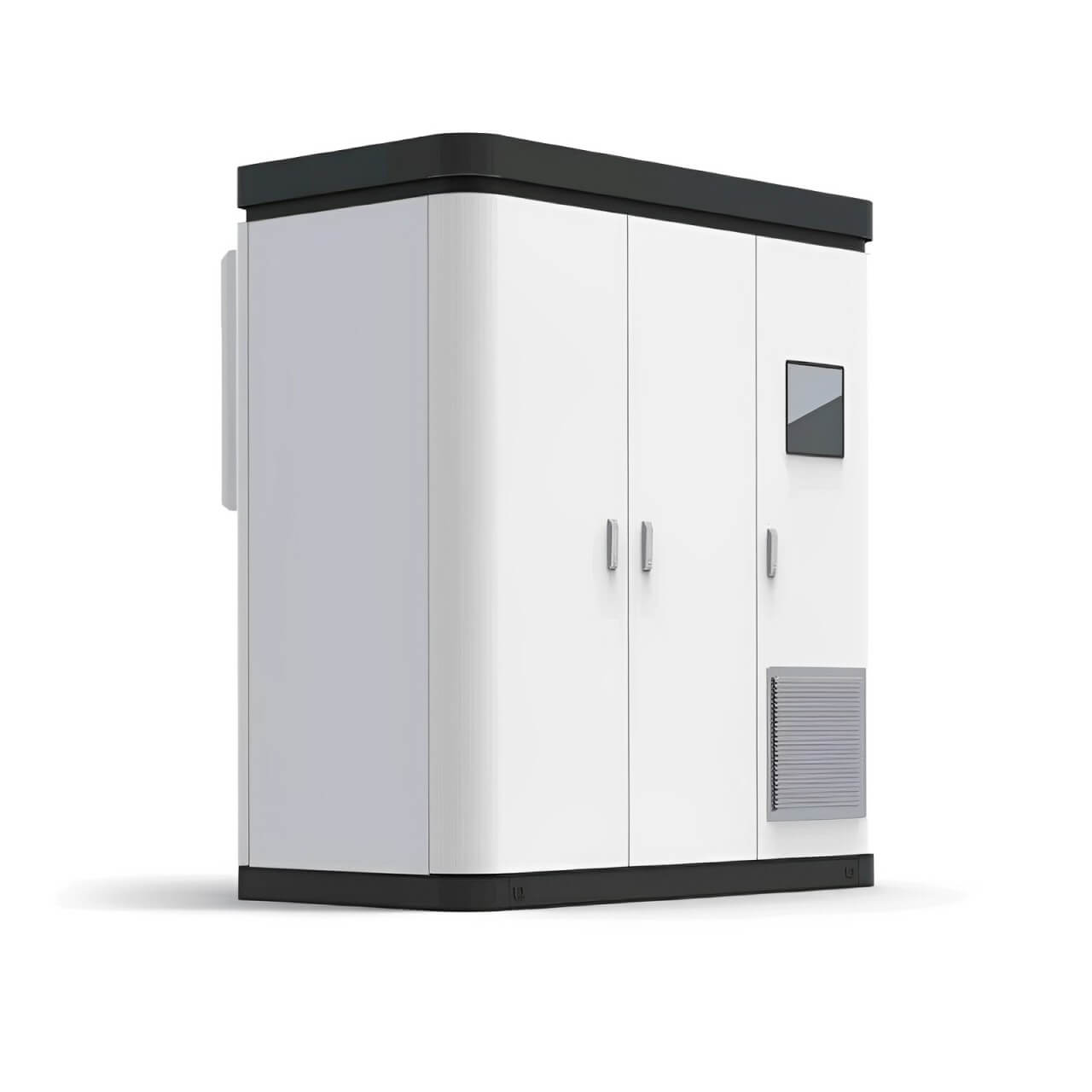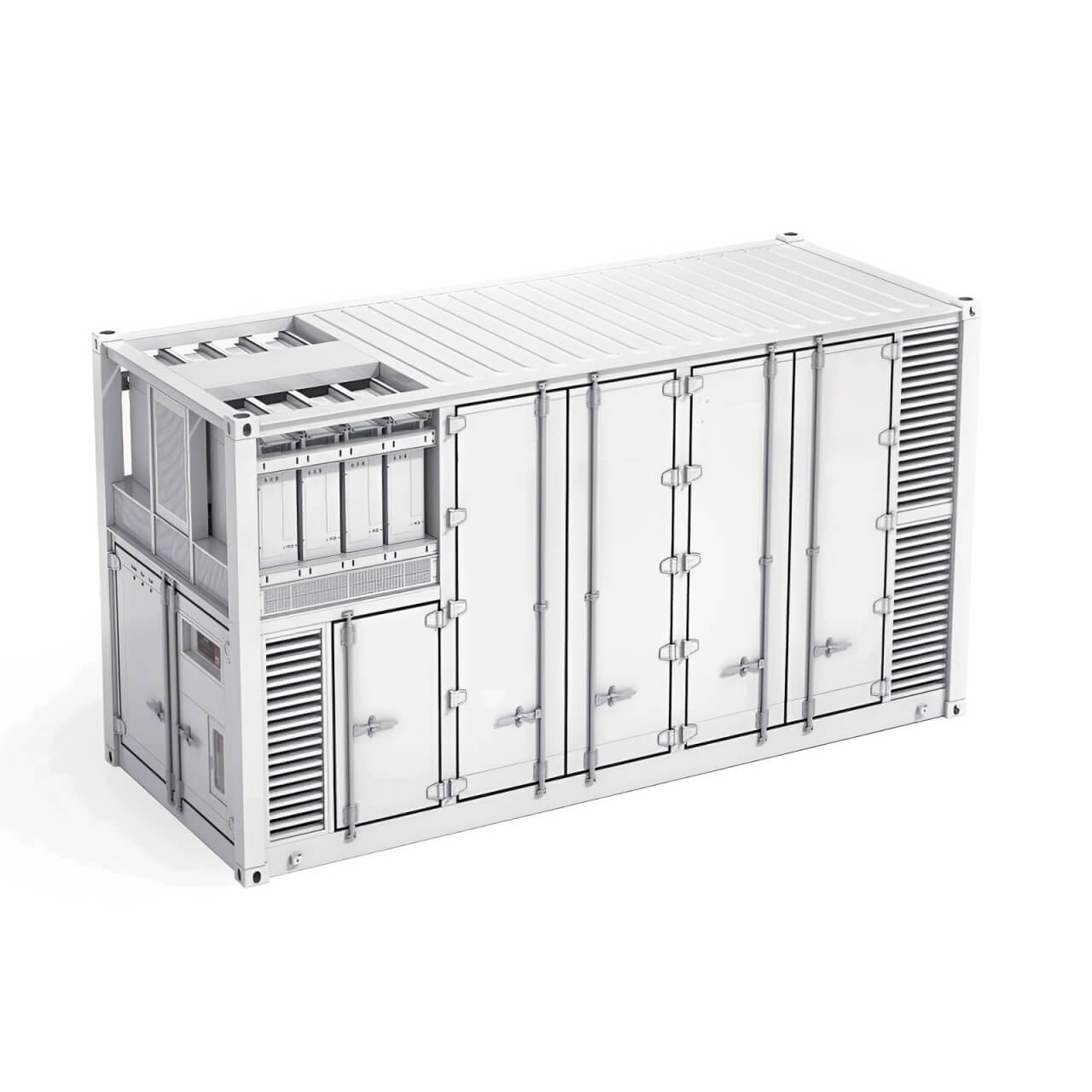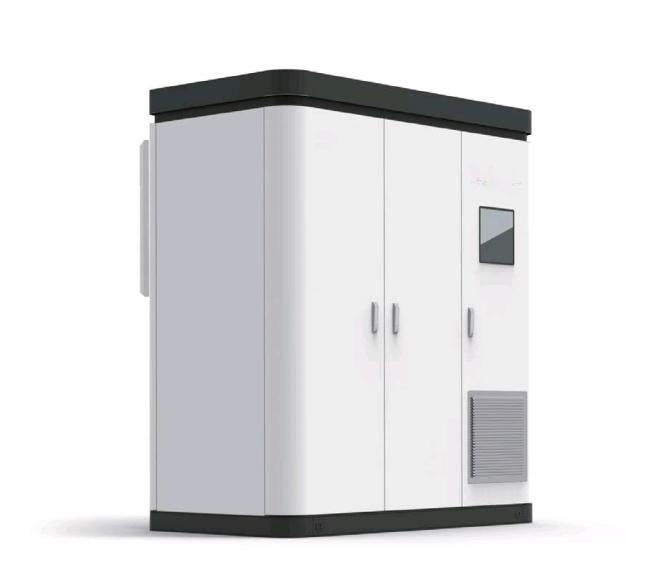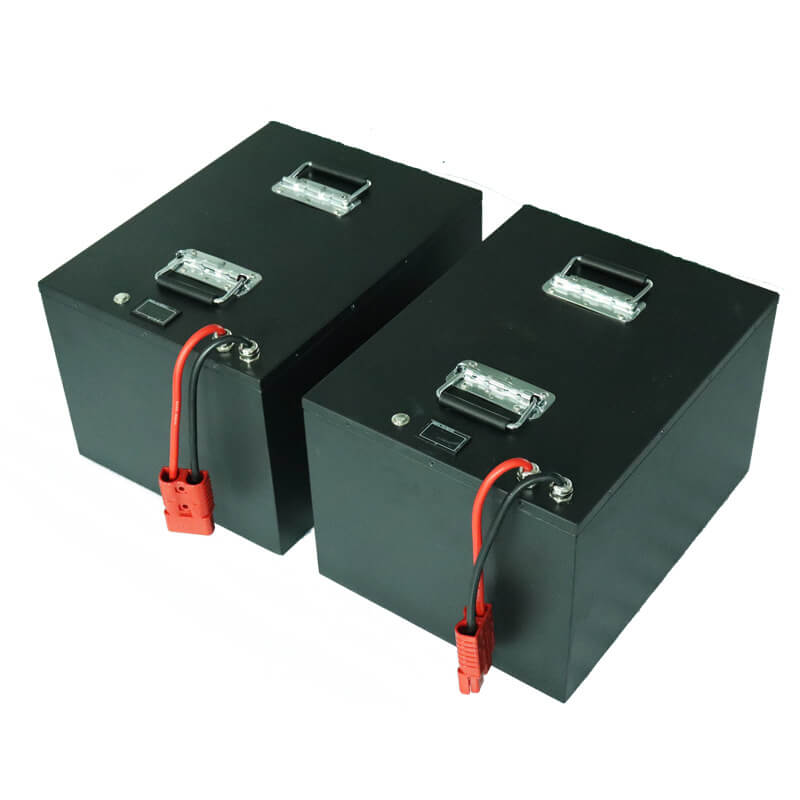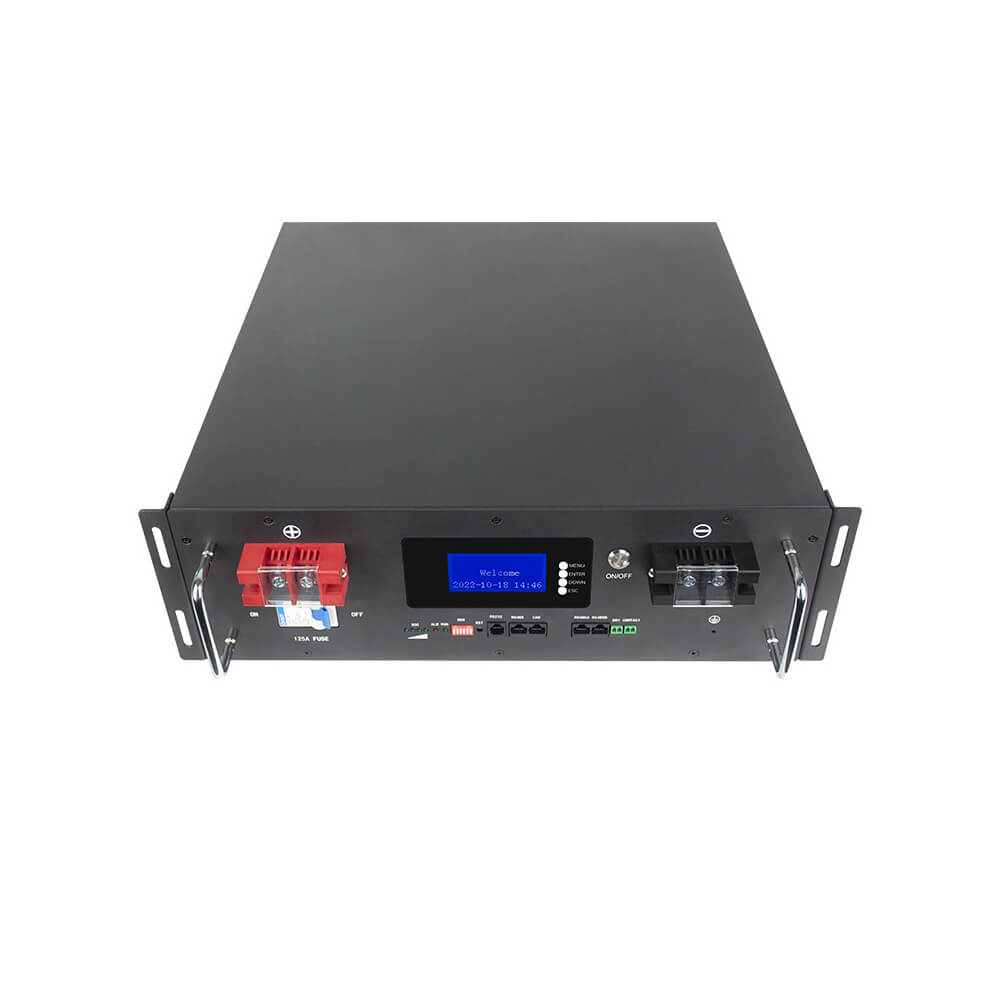Research progress on recycling of used lithium iron phosphate power batteries
The recycling of used lithium iron phosphate power batteries is an important topic in the new energy industry because these batteries contain valuable metals (such as lithium, iron, phosphorus, etc.) and potentially harmful substances. The following are some key points about the research progress on the recycling of used lithium iron phosphate power batteries:

1. Recycling pretreatment technology: Used lithium iron phosphate power batteries need to undergo pretreatment steps such as discharge, disassembly and crushing before recycling to safely and effectively separate the different components and active materials of the battery.
2. Positive electrode material recycling process: Positive electrode materials usually contain lithium iron phosphate, conductive carbon black and PVDF, etc. The recycling process can be divided into pyrometallurgy, hydrometallurgy and direct regeneration process. Pyrometallurgy is simple to operate but has high energy consumption and may cause pollution; hydrometallurgy can recycle most battery components, but the process is complicated and may cause secondary pollution.
3. Hydrometallurgy: Hydrometallurgy transfers metal ions in the positive electrode material into the solution through leaching, and then purifies and recycles it. The selection of leaching agent is crucial to the leaching efficiency and environmental impact. Green leaching agents such as organic acids and supercritical CO2 have been proposed to reduce environmental impact.
4. Economic Benefit Analysis: The recycling of waste lithium iron phosphate batteries has significant economic benefits. With the rise in raw material prices, recycling metals such as lithium in batteries can significantly reduce costs and increase resource reuse rates.
5. Summary and Outlook: The recycling technology of waste lithium iron phosphate batteries is constantly developing. Future research will focus on improving recycling efficiency, reducing costs, reducing environmental pollution, and realizing high-value resource reuse of full batteries.
6. Electrochemical method: As a new recycling method, the electrochemical method does not use a large amount of leaching agent, has the advantages of low cost, low pollution, and simple operation, and is expected to become a key direction for future research.
7. Repair and regeneration process: The repair and regeneration process can restore the electrochemical properties of battery materials so that they can be reused in battery production. These processes include high-temperature solid phase repair and hydrothermal method.
8. Other new processes: In addition to traditional pyrometallurgical and wet recycling, new recycling methods such as salt-assisted carbon thermal reduction are being explored, and these methods show potential in industrial applications.
These research advances show that the recycling of spent lithium iron phosphate power batteries is not only technically feasible, but also economically and environmentally beneficial. With the continuous advancement of technology and the emphasis on sustainability, it is expected that research and industrialization in this field will be further developed in the future.

 简体中文
简体中文 Russian
Russian French
French German
German Japanese
Japanese Korean
Korean Arabic
Arabic Spanish
Spanish